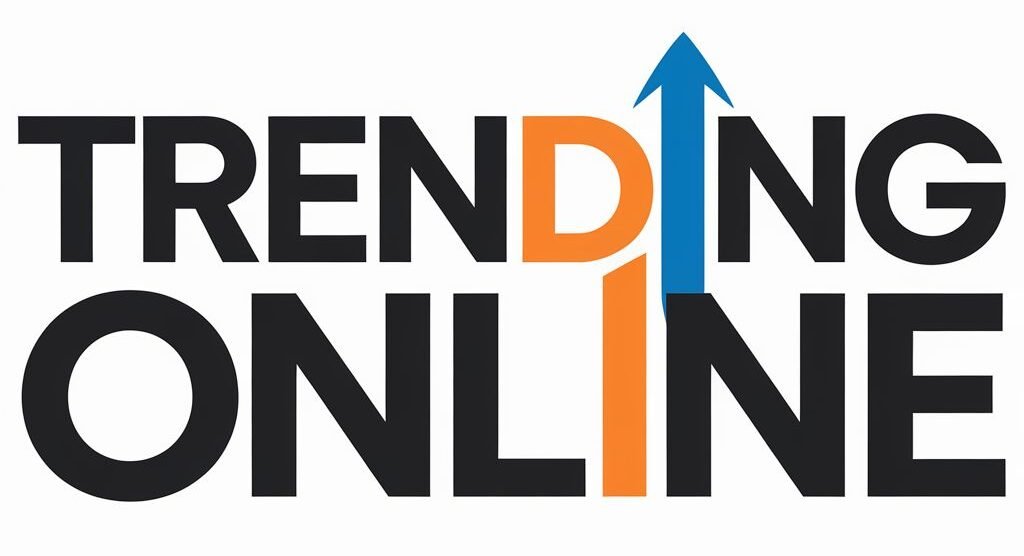OPEC+ Accelerates Oil Output Amid Global Uncertainty
In a move that has caught the attention of global energy analysts, OPEC+ has accelerated its reintroduction of oil supply into the global market far ahead of schedule. Originally planned as a gradual, year-long strategy, the alliance, led by Saudi Arabia and Russia has now been compressed into just a few months. By September 2025, an estimated 2.2 million additional barrels per day (bpd) would have been reintroduced since April.
This pace marks one of the most aggressive production turnarounds in the group’s history. Despite market fears that such a rapid surge in output could flood the market and trigger a price collapse, crude prices have remained remarkably stable, with Brent crude averaging close to $70 per barrel over the past four months, even in spite of tariffs.
Supply vs. Price: Walking the Tightrope
The key figures at play reveal a delicate balancing act:
- 2.2 million bpd being reintroduced by OPEC+ from April to September 2025.
- 1.6 million bpd still withheld by some alliance members, with no imminent signs of release.
- ~$70 per barrel, the average Brent crude price since April, despite supply increases.
- Q4 has been forecasted to have surplus, by the International Energy Agency (IEA), depending on whether remaining capacity is brought online.
The IEA has noted that if the remaining 1.6 million bpd is added back too soon, the market could slip into oversupply, particularly as demand cools post-summer. However, OPEC+ leaders have shown no urgency to do so, likely cautious not to undo recent price stability.
Beyond the headline supply numbers, there’s a deeper strategic game in play. The rapid reintroduction appears to serve two key objectives:
- Market share recovery – Particularly from US shale producers, who are sensitive to prices under $60 per barrel and have seen production plateau in recent quarters.
- Internal discipline – By demonstrating that the group can control supply levels without chaos, OPEC+ reinforces compliance within its ranks and curbs rogue overproduction.
The move also sends a message to external players that the group still has the leverage and coordination needed to influence global prices, even in politically unstable conditions.
Interestingly, some analysts have noted what appears to be a quiet convergence between the production policies of the world’s top three producers; the United States, Saudi Arabia, and Russia. These countries collectively account for around 40% of global crude production, and while no formal alliance exists, their coordinated outputs have produced a stabilising effect on prices.
This informal alignment is especially notable given recent tensions between the U.S. and Russia over Ukraine, and the ongoing disagreements between Washington and countries like India over continued imports of Russian crude. Despite political divisions, their production strategies seem to be moving in the same direction of maintaining supply at levels that support price stability, rather than volatility.
One consequence of this output strategy is its impact on the broader energy ecosystem, especially in the Global South. If oil prices remain at $70 per barrel or higher, net-importing nations across Africa, Southeast Asia, and Latin America may face rising fuel import bills just as they begin to recover from COVID-era slowdowns and food inflation.
Conversely, this environment also creates new opportunities for South–South energy partnerships. Countries like India, Indonesia, and Ethiopia, all scaling up infrastructure and industrialisation, may increasingly look to non-Western suppliers for crude and refined products. This supports a broader trend of decoupling from traditional Western markets and deepening intra-Global South trade ties, particularly under blocs like BRICS+ and the African Continental Free Trade Area (AfCFTA).
While OPEC+ has so far pulled off a complex and risky supply strategy without derailing the market, the outlook remains fragile. If prices dip below $60, as some fear could happen in Q4, shale production could decline, and the group may be forced to recalibrate again.
For now, though, the takeaway is clear, OPEC+ has reasserted its relevance. The coalition’s ability to reintroduce over 2 million barrels per day, keep prices steady, and signal discipline in a turbulent geopolitical climate is no small feat.
By Chloe Maluleke
Associate at The BRICS+ Consulting Group
Russian & Middle Eastern Specialist
* MORE ARTICLES ON OUR WEBSITE https://bricscg.com/
** Follow @brics_daily on X/Twitter & @brics_daily on Instagram for daily BRICS+ updates

